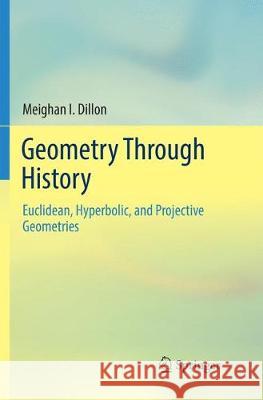Geometry Through History: Euclidean, Hyperbolic, and Projective Geometries » książka
topmenu
Geometry Through History: Euclidean, Hyperbolic, and Projective Geometries
ISBN-13: 9783030089238 / Angielski / Miękka / 2019 / 350 str.
Kategorie:
Kategorie BISAC:
Wydawca:
Springer
Język:
Angielski
ISBN-13:
9783030089238
Rok wydania:
2019
Wydanie:
Softcover Repri
Ilość stron:
350
Waga:
0.59 kg
Wymiary:
23.62 x 22.86 x 1.52
Oprawa:
Miękka
Wolumenów:
01











